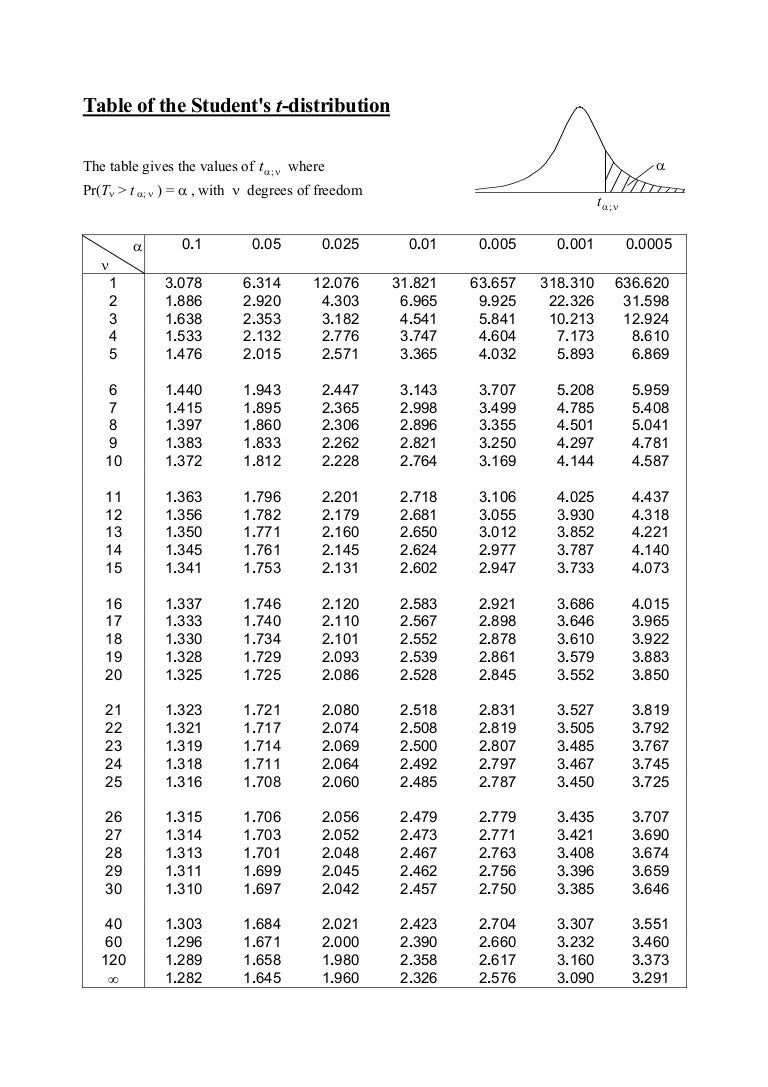
The wounding experiments were conducted in March and April of 2012 in American Samoa in the back reef lagoons Ofu Island (Fig. damicornis would recover quickly due to the high predation pressures it experiences (Hall 1997, Henry and Hart 2005). hyacinthus would have similar rates of healing (Hall 1997), (2) regeneration would occur faster in a highly disturbed habitat as opposed to a less disturbed habitat (Henry and Hart 2005), (3) faster regeneration rates for corals in higher temperatures (Denis et al. Based on previous research, I hypothesized that: (1) P. Gross anatomy of the wound was documented, and comparisons between location and species were conducted. Colonies of corals were wounded and monitored over a two-week period by digital photography. damicornis, in the two temporally distinct back reef lagoons of Ofu Island, American Samoa, one with more variation in temperature (highly variable or HV pool) and one with less variation in temperature (moderately variable or MV pool) (Craig et al. 2005).įor this article, I examined the healing rates of two different corals, Acropora hyacinthus, and P. 1997 Kramarsky-Winter and Loya 2000 Downs et al. These intrinsic factors combined with extrinsic factors such as temperature change, light changes, algal recruitment, food availability, sedimentation, and disturbance history to effect the speed at which a coral can recover and regenerate following injury (Lester and Bak 1985 Guzmán et al. However, the actual rates of wound healing vary due to factors including species and morph, lesion size and perimeter, wound depth, and wound location (Meesters et al. In general, many species of coral (including Porites spp., Favia favus, Acropora cytherea) heal at rates that are highest during the first stages of lesion healing and slow down due to resource limitation (Oren et al. Importantly, there is substantial evidence that the cumulative effects of global and local anthropogenic stressors are diminishing the ability of corals to recover from small, routine physical injuries (bites, algal abrasion, fragmentation) inflicted by predators, competitors, and pathogens (Mascarelli and Bunkley-Williams 1999 Kramarsky-Winter and Loya 2000 Hall 2001). However, when a coral is faced with severe environmental challenges, its ability to recover from even minor injuries can be compromised (Henry and Hart 2005). When a coral is injured, it rapidly repairs the epithelial breach and regenerates lost polyps and the surrounding tissue. Wound healing in corals is an important process that protects the coral from invasion by pathogens (Meszaros and Bigger 1999). damicornis appeared to never fully heal during this two-week study, indicating that it is a slower healer despite predation pressure.

The algal/sand plug appeared in corals found in the highly variable pool more quickly than in the corals from the moderately variable pool. hyacinthus develops a pink pigmentation and P. Both coral species exhibit very distinct healing phenotypes, where A. hyacinthus colonies found in different environmental regimes.

damicornis, but no significant difference in healing rates between A. I observed differences between healing rates of A. In this study, I characterized the gross morphology of wound healing in Pocillopora damicornis and Acropora hyacinthus found in two pools with distinct previously documented temperature profiles in Ofu, American Samoa. However, it is particularly critical in organisms like corals, which cannot escape predators. The two-tailed test gets its name from testing the area under both tails of a normal distribution, although the test can be used in other non-normal distributions.Wound healing is a critical physiological function needed for survival in all marine organisms. A hypothesis test that is designed to show whether the mean of a sample is significantly greater than and significantly less than the mean of a population is referred to as a two-tailed test.

By convention two-tailed tests are used to determine significance at the 5% level, meaning each side of the distribution is cut at 2.5%.Ī basic concept of inferential statistics is hypothesis testing, which determines whether a claim is true or not given a population parameter.If the sample being tested falls into either of the critical areas, the alternative hypothesis is accepted instead of the null hypothesis.It is used in null-hypothesis testing and testing for statistical significance.In statistics, a two-tailed test is a method in which the critical area of a distribution is two-sided and tests whether a sample is greater or less than a range of values.


 0 kommentar(er)
0 kommentar(er)
